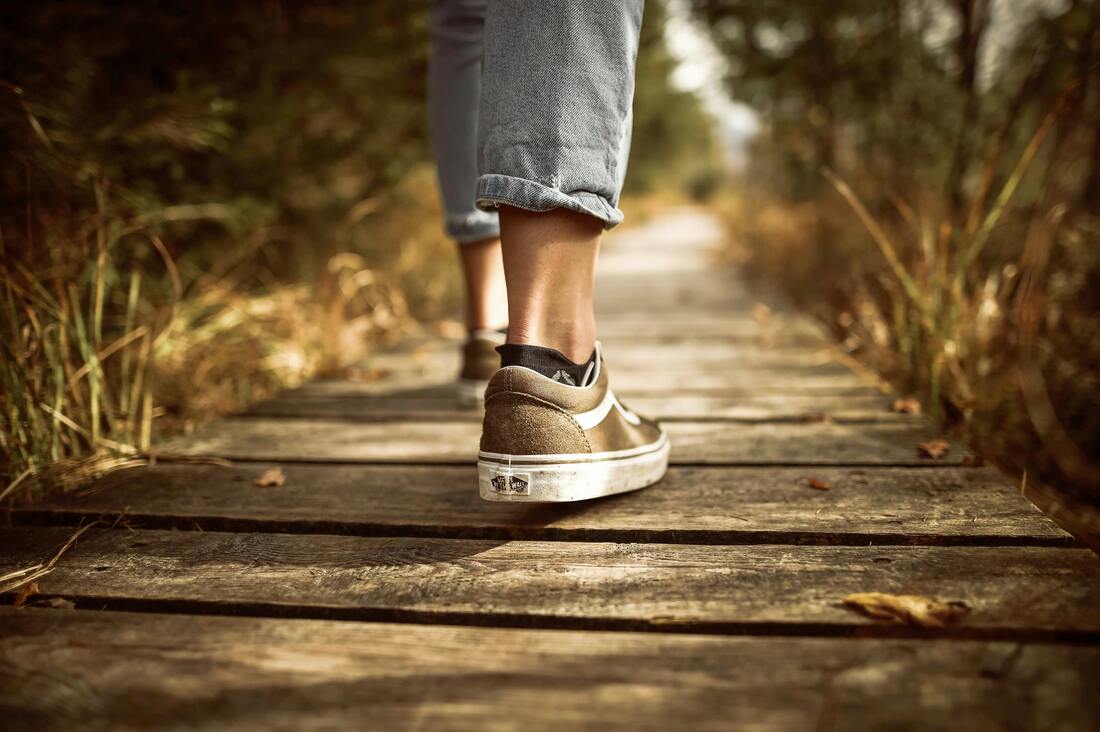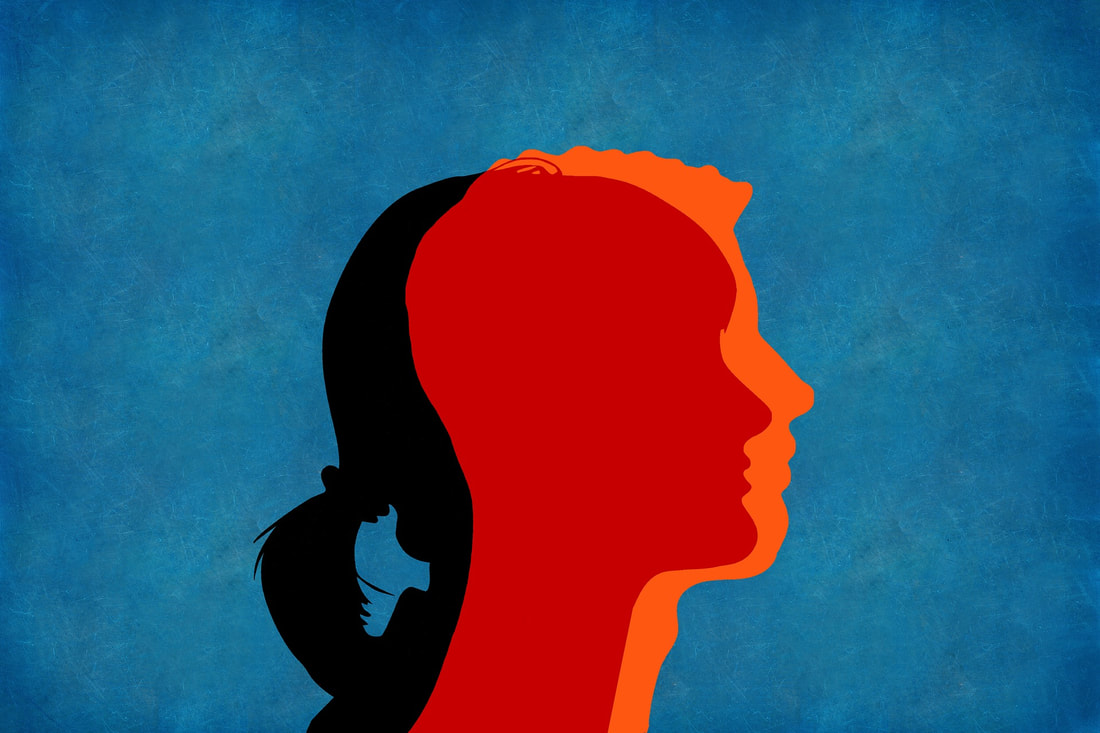|
We all know this one: try to get in at least 10,000 steps per day.
However, such black-or-white, one-size-fits-all solutions are sometimes outdated or unfounded or lack the necessary nuance to be correct or helpful, which is why I’m not usually a fan of them. But is this one bad? Or is there something to it?
0 Comments
If we could give every individual the right amount of nourishment and exercise, not too little and not too much, we would have found the safest way to health. Unless you live in Florida or a similar part of the world where it’s always relatively warm and sunny, and unless you’re reading this in the opposite Hemisphere to mine, it’s that time of the year again: flu season.
Fortunately, by working on your fitness, you can whip your immune system into shape, increasing your chances of either staving off common illnesses completely, or at least reducing the severity of any symptoms you may experience. If, like some of my legendary clients, you’re an athlete following an intense program, work with children or do shift work, or you find yourself getting sick often at this time of year for any other reason, then this article is for you. These are my top five evidence-based tips to support and enhance your body’s natural defences: The new year stands before us, like a chapter in a book, waiting to be written. We can help write that story by setting goals. According to research, fitness goals are some of the most popular New Year’s resolutions.
However, most “New Year’s resolutioners” are unsuccessful. When I was working as a personal trainer in a commercial gym, I witnessed the same cycle every year. Come January 1st, the gym would be flooded with new members. By March, most of them would disappear, never to return… until the following January. So, if you’ve ever set fitness resolutions that didn’t stick, you’re not the only one. Of the few studies conducted on this topic, most seem to show that the majority of participants abandon their resolutions after a few months. For example, in 1985, a study by Norcross and colleagues reported that 77% out of 200 participants stuck to their resolutions for a week, but only 40% were still keeping up with them after six months. If you’re thinking that a 60% failure rate after six months sounds pretty grim, that’s not all. In reality, if you’re volunteering for a study measuring the success rate of New Year’s resolutions, you’re likely more motivated to achieve your goals than the average person. Moreover, after the participants set their resolutions on an initial phone call with the New Year’s Resolution Project staff, they received seven follow-up phone interviews for the next two years. If you know someone’s going to check on your progress every few months, you’ll probably take your resolutions far more seriously than if you were left to your own devices. So, in real life, New Year’s resolutions likely fail even more often than in research. However, since you’re reading this blog post, you are more motivated than the average person. By applying the four steps covered in the article, you’ll have better-than-average odds of succeeding, too. You’ve come to the right website. Let’s start your year with a bang. Useful Links: Part 2 Create healthy habits, not restrictions. For two months, I posted weekly polls on nutrition and exercise on my Instagram stories, gathered my followers’ responses, then shared my research and own personal view. I saved this collection of bite-sized advice in a highlight called “Fitness Q&As”, and have now edited and converted it into a series of blog posts.
I proudly present to you the first 10 questions! This week’s topics include:
I’ve learnt to appreciate my body, because it’s taken me all the way here and will take me to the end. For a transgender man, the first day on testosterone is the first day of a new life.
Hormone replacement therapy (HRT) can make a huge difference in a trans person’s quality of life, but it also comes with some health risks. I want to point out first that testosterone alone would likely not cause conditions or diseases, but it can be a contributing factor, as it can be for an average person born in a male body. If you were born in a female body, it may be that no one ever advised you about these potential issues, thinking you would never have them. So I hope my article sheds light on these topics, not put you off taking testosterone. I’m not on HRT at the moment, but I plan to. In the UK, you have access to it for free through the National Health Service (NHS), but you have to be referred by a general practitioner (GP). Moreover, there are only a handful of gender clinics in the country and the wait lists are very long. As an alternative, you can get private treatment, but the cost can be crippling. I was referred to an NHS gender identity clinic in September 2018. The current wait for an appointment ranges from one to two years, so I have a long way to go, unless I can save up enough to fund private therapy. The benefit of waiting this long is that I’ve had time to conduct research on the topic of transgender health. I believe I owe it to my body to be as informed as I can about all the risks and, most importantly, all the ways to minimise them. What I found enforced my belief that a healthy lifestyle may be even more crucial if you decide to take hormones than if you don’t. In this article, I’m going to touch upon three of the most important aspects of healthy living for a transmasculine person. |
Nikias TomasielloWelcome to my blog. I’m an online fitness coach with a passion for bodybuilding, fantasy, and bread. Want to work with me? Check out my services!Archives
May 2024
Tags
All
|
Follow me on social media |
Get in touch |
© 2018-2023 Veronica Tomasiello, known as Nikias Tomasiello – All rights reserved






 RSS Feed
RSS Feed